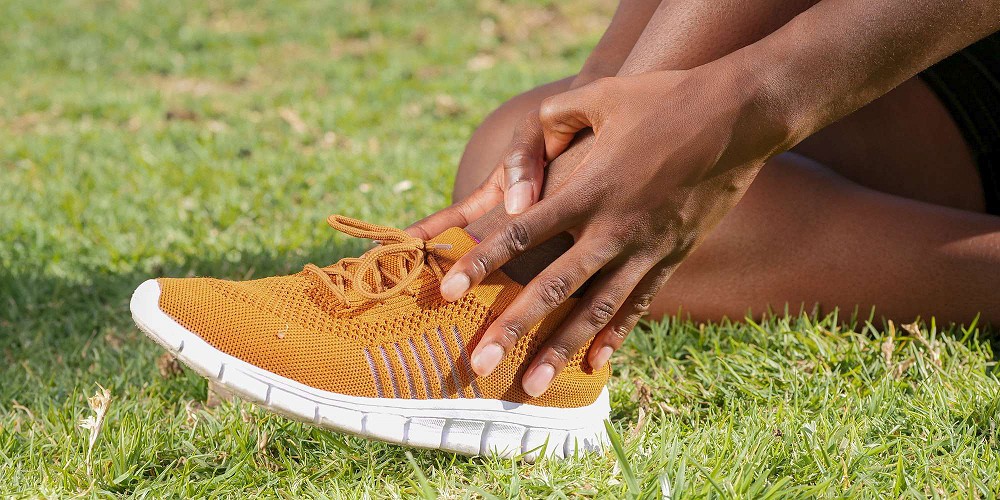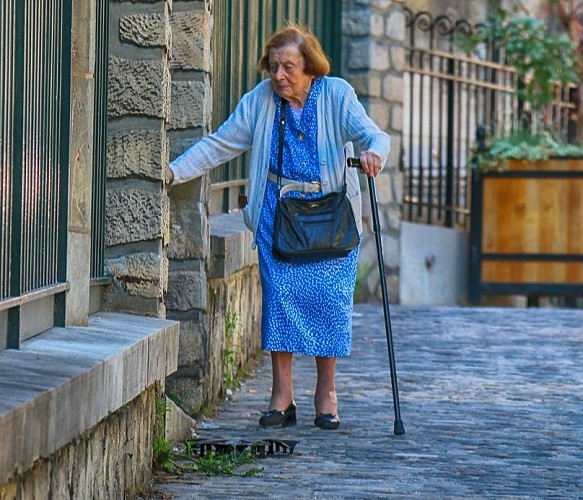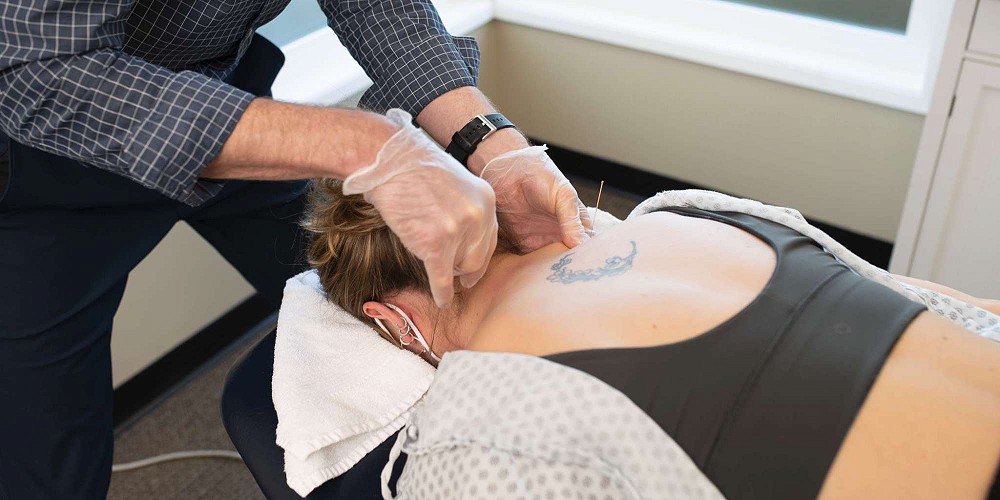Treating Urinary Incontinence
Article by Danielle Roberts
Involuntary leakage is a common issue that comes in many different forms. So how can physiotherapy help treat urinary incontinence?

Urinary incontinence, the involuntary leakage of urine, is a common and often embarrassing problem.
Fortunately, physiotherapists with specialized training in pelvic floor rehabilitation can help you identify the issues and help you successfully manage (and potentially cure!) your incontinence.
It is estimated that 3.3 million Canadians experience symptoms of urinary incontinence (1).
Incontinence is a symptom, not a disease, of something else going on in the body.
Types of Urinary Incontinence
Stress Urinary Incontinence (SUI)
Involuntary leakage due to increased bladder pressure during effort or exertion, or with coughing or sneezing, that the urethral sphincter is unable to maintain closure against. Leaks often occur with everyday activities such as lifting, laughing, jumping, sneezing, or coughing. (1,2)
Urge Urinary Incontinence (UUI)
Involuntary leakage associated with or immediately preceded by a sudden urge to void. It is the inability to delay urinating long enough to get to a toilet once you get the urge. (1,2,3)
Mixed Urinary Incontinence (MUI)
Involuntary leakage associated with urgency and also with exertion, effort, sneezing, or coughing. (1,2)
Overactive Bladder Syndrome (OAB)
Urinary urgency, usually accompanied by frequency of urination, especially at night, with or without involuntary leakage. The sudden compelling desire to pass urine is in the absence of infection or other pathology. (1,4)
Overflow Incontinence
Involuntary leakage when the bladder becomes overfull, and there is a frequent leakage of urine in the absence of an urge to urinate. It is not related to movement or activity. (1)
Functional Incontinence
Leakage that occurs amongst those who are not originally incontinent, but fail to get to the toilet in time due to mobility issues. They are then placed in absorbent products and therefore are considered incontinent. (1,4)
Types of Treatment
Pelvic floor exercises (Kegels) – regular daily exercise of the pelvic floor muscles. May be done with or without biofeedback equipment, which can help with targeting and training the correct muscles.
Bladder training – education regarding urge management techniques to help resist the urge to urinate and gradually increase the interval of time between voids.
Diet – education regarding fluid and food intake which can potentially irritate the bladder. (1)
Continence Products – disposable and re-usable absorbent pads and briefs.
Pessary – a removable, medical device that is placed inside the vagina. It is often used for treating pelvic organ prolapse but in some individuals, is also helpful with SUI.5
Weight Loss – 5% of initial body weight loss can help reduce urinary incontinence symptoms.4
Medications – can be helpful for bladder spasms associated with OAB and UUI.1 Topical estrogen can help with improving stress urinary incontinence in post-menopausal women.2
Injections – a nonsurgical injection of a substance into the urinary passage (urethra) to improve its strength and resistance without obstructing the passage.1
Surgery – surgical options are available for some conditions. It is generally recommended to try conservative therapy before surgery is considered.1,4
Pelvic Floor Physiotherapy
Accessing pelvic floor physiotherapy for help with treating urinary incontinence is recommended as the first line conservative therapy for managing and treating these symptoms. (2,3,4)
By working together with a pelvic floor physiotherapist, you can address your individual goals and needs to best improve your quality of life and reduce future health complications.
References
- The Canadian Continence Foundation [Internet]. Peterborough (ON): The Canadian Continence Foundation, 2018 [cited September 3, 2018]. Available from: http://www.canadiancontinence.ca
- Ghaderi, F. & Oskouei, A. E. (2014). Physiotherapy for women with stress urinary incontinence: A review article. Journal of Physical Therapy Science, 26 (9), 1493-1499.
- Bettez, M., Tu, L. M., Carlson, K., Corcos, J., Gajewski, J., Jolivet, M., & Bailly, G. (2012). 2012 Update: Guidelines for adult urinary incontinence collaborative consensus document for the Canadian Urological Association. Canadian Urological Association Journal, 6 (5): 354-363.
- Abrams, P., Cardozo, L., Wagg, A., & Wein, A. editors. Incontinence 6th Edition. International Continence Society, Bristol, UK; 2016.
- Vaginal Pessaries, HealthLink BC [Internet]. (BC): Healthwise, Inc., 2017 [cited September 3, 2018]. Available from: https://www.healthlinkbc.ca/health-topics/tv1613
You May Also Like...
-
 ArticleView Post
ArticleView PostTreating Ankle Sprains With Physiotherapy
Ankle sprains are pretty common, right? So do you even need to look for treatment for your ankle sprain?
-
 ArticleView Post
ArticleView PostSarcopenia - Age Related Muscle Atrophy
Sarcopenia is a natural, progressive loss of skeletal muscle as we age. Fortunately, this process can be slowed down.
-
 ArticleView Post
ArticleView PostAn Overview of Intramuscular Stimulation
Take a technical overview of IMS, a dry needling technique used to stimulate trigger points and reduce chronic myofascial pain.